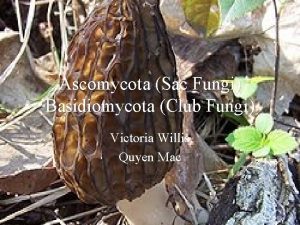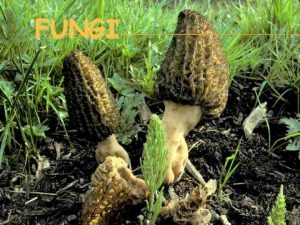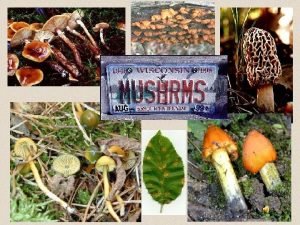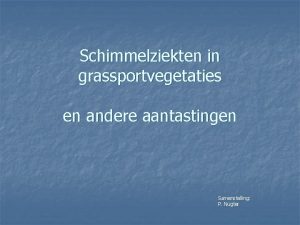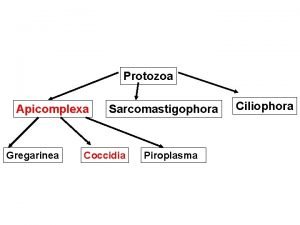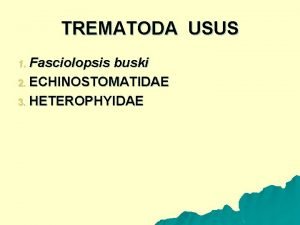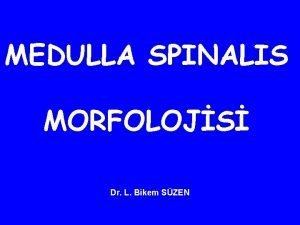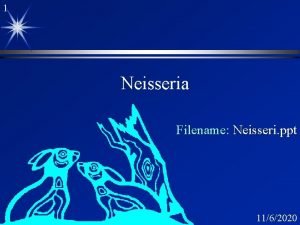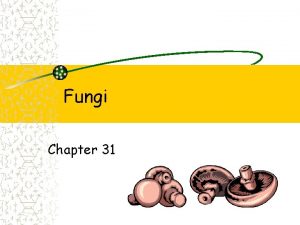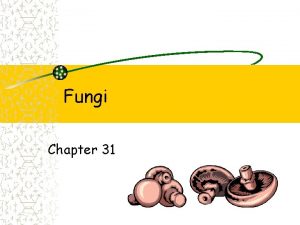Production p Scleroglucan p Sclerotium spp Fungi Sclerotium













- Slides: 13


Production p 硬葡聚糖 (Scleroglucan) p Sclerotium spp. (Fungi) – Sclerotium rolfsii – Sclerotium glucanianm p Process – – - + D-glucose, NO 3 , NH 4 aerobic, p. H 3. 5~5. 5, 25~35℃, 2~6 d exopolysaccharide, 10~20 g/L native and refined

Structure p Homopolysaccharide – β(1→ 3)-D-glucopyranosyl β(1→ 6)-D-glucopyranosyl – DB=0. 33 – Mw=5. 4× 106 (Da) p Rod-like triple helix

Properties p 1% ~2500 cp 1% High yield value and viscosity ~2500 cp C high suspension 750 ppm power =0. 075% 35~60 cp 750 ppm =0. 075% 35~60 cp

Properties p High yield value and viscosity C high suspension power C shear-thinning (pseudoplastic) p Anti-settling properties

Properties p High yield value and viscosity p Anti-settling properties C Extremely effective in holding particles in suspension, in static as well as in dynamic conditions, without the risk of sedimentation.

Properties p High thermal stability C 15~90°C remain constant C <10°C, solutions have a semi-gelled appearance C Sterilize by heating at 121°C for 20 hours C ~7°C, thermoreversible 90

Properties p Compatibilities C Non-ionic character C Not affected by p. H 2. 5~12 and electrolytes C No synergism with other gels 0. 5 12




References 1. Industrial Gums, Third Edition 2. J. A. Bohn, J. N. Be. Miller, (1→ 3)-β-D-Gluvans as biological response modifiers: a review of structure-functional activity relationships, Carbohydr. Polym. 28 (1995) 3 -14. 3. B. H. Falch, T. Espevik, L. Ryan, B. T. Stokke, The cytokine stimulating activity of (1→ 3)-β-D-glucans is dependent on the triple helix conformation, Carbohydr. Res. 329 (2000) 587– 596. 4. http: //www. texturantsystems. com/texturant/html/e/products/sclero. htm

Thank you

